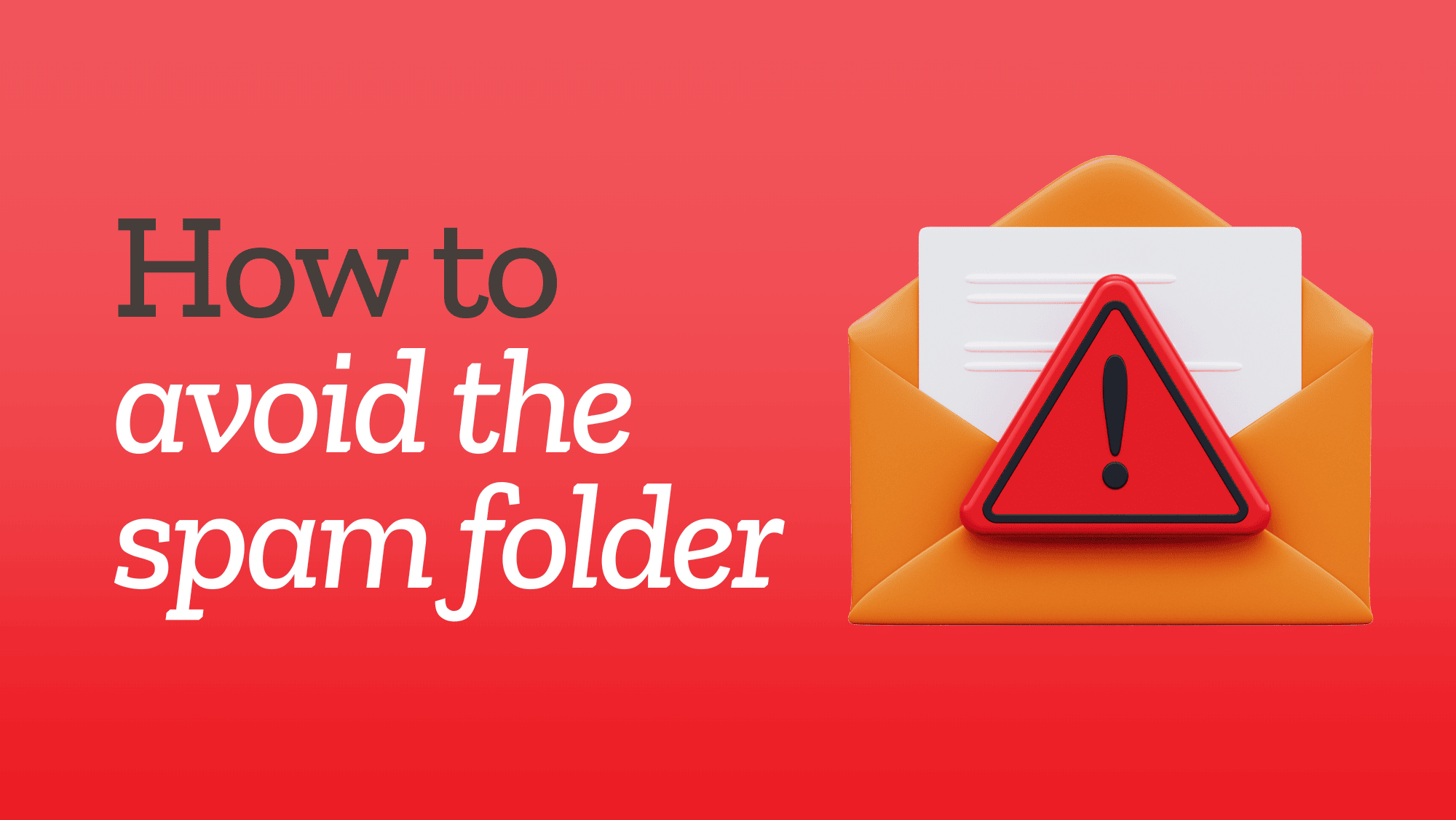In the vast ocean of digital communication, emails remain a critical means of reaching out to others. However with the rise of spam ensuring that your emails land in the recipient’s inbox rather than the dreaded spam folder has become a crucial challenge. In this article, we will explore some essential best practices to help you avoid the spam folder and ensure your emails are seen and read.
Understanding the Spam Folder Before delving into best practices it’s essential to understand why emails end up in the spam folder. Email providers use complex algorithms to analyze incoming messages assessing various factors such as content sender reputation and user engagement. Failure to meet certain criteria may result in your email being marked as spam.
Table of Contents
Best Practices for Email Deliverability
Craft Clear and Relevant Subject Lines

Crafting subject lines is an art that requires precision and relevance. In fast-paced email communication, brevity is essential to keep it short and to the point. The subject line should offer a clear and accurate preview of your email’s content avoiding any misleading tactics that could trigger spam filters. Relevance is your best tool for engaging recipients to align your subject lines with the actual content of your email to ensure that your message resonates with the audience. Steer clear of clickbait strategies as they diminish trust and can lead to your emails being marked as spam by vigilant email providers. Remember a well-crafted subject line is the first step in ensuring your emails get noticed and stay out of the spam folder, reaching your audience with impact and authenticity.
Personalize Your Emails
Personalizing your emails is a pivotal strategy to enhance engagement and establish meaningful connections with your audience. The practice involves addressing recipients by their names which adds a human touch and makes the communication feel individualized. Tailoring content to align with the preferences of your audience is crucial – leverage data on past interactions purchase history or user behavior to send targeted and relevant messages. Effective segmentation based on demographics location or behavior allows you to create specialized content that resonates with specific groups. Incorporating dynamic content elements such as personalized product recommendations contributes to individualization. Beyond being a marketing strategy personalization builds trust – when recipients feel the content is curated for them they are more likely to engage positively. This positive engagement not only elevates your email marketing efforts but also aids in avoiding spam filters by contributing to a favorable sender reputation. In summary, personalization is a powerful ally in email marketing ensuring that your messages resonate authentically and connect meaningfully with each recipient.
Here are a few important Key Points:
- Address recipients by name for a personal touch.
- Tailor content based on audience preferences and behaviors.
- Implement segmentation to create specialized content for specific groups.
- Use dynamic content elements for individualization.
- Building trust through personalization positively impacts the sender’s reputation.
- Positive engagement reduces the risk of emails being marked as spam.
- Personalization is a powerful strategy for authentic and meaningful email connections.
Maintain a Clean Email List
Maintaining a clean email list is a fundamental practice that significantly impacts the success of your email marketing campaigns. An organized and up-to-date list not only improves deliverability but also helps in building a positive sender reputation. In this section, we will explore the key aspects of keeping your email list clean and its role in steering clear of spam folders.
- Conduct regular audits of your email list to identify and remove inactive or outdated email addresses.
- Remove email addresses that consistently bounce as high bounce rates can negatively affect your sender’s reputation.
- Promptly update contact information including email addresses when subscribers change or businesses undergo restructuring.
- Ensuring accurate contact details minimizes the chances of your emails bouncing or being flagged as undeliverable.
- Use a double opt-in process to confirm the intent of subscribers ensuring that your list consists of genuinely interested recipients.
- This step not only improves the quality of your list but also reduces the likelihood of your emails being marked as spam.
- Identify and remove subscribers who have shown little to no engagement with your emails over an extended period.
- Unengaged subscribers can impact your sender’s reputation potentially leading to emails being classified as spam.
- Adhere to email marketing regulations such as the General Data Protection Regulation (GDPR) or the CAN-SPAM Act.
- Obtaining explicit consent and allowing easy opt-out options help maintain a clean and legally compliant email list.
- Focus on organic list growth rather than relying on purchased or borrowed email lists.
- Organic growth ensures that your subscribers are genuinely interested in your content reducing the risk of spam complaints.
- Leverage email list management tools to automate the process of list cleaning and ensure ongoing data accuracy.
- These tools can help streamline the removal of duplicates inactive subscribers and erroneous email addresses.
Optimize Email Content
Creating compelling and well-optimized email content is a crucial aspect of ensuring that your messages not only capture attention but also successfully navigate through spam filters. The goal is to deliver content that is valuable relevant and visually appealing thereby increasing the likelihood of engagement from your recipients. When optimizing email content focus on achieving a balance between text and images avoiding common triggers for spam filters and employing responsive design for a seamless viewing experience across various devices. Additionally, steer clear of excessive capitalization multiple exclamation points, or overly promotional language as these elements can trigger spam algorithms. By fine-tuning your email content to align with best practices you not only enhance the overall user experience but also increase the chances of your emails reaching the coveted inbox space rather than being relegated to the spam folder. Remember the key is to provide value to your recipients while maintaining a professional and aesthetically pleasing presentation that complies with industry standards.
Implement Double Opt In

Implementing a double opt-in for your email list is like adding an extra step to make sure people want to receive your emails. It works by sending a confirmation message to new subscribers asking them to confirm that they want to get your emails. This extra confirmation step ensures that the people on your list genuinely want to be there reducing the chances of sending emails to those who might mark them as spam. It’s like asking “Are you sure you want to hear from us?” before sending any emails creating a stronger and more trustworthy connection with your audience.
Monitor Sender Reputation
In the world of email marketing keeping an eye on your sender’s reputation is akin to maintaining a good reputation in real life. Your sender’s reputation influences whether your emails land in the inbox or get flagged as spam. It’s like a scorecard that email providers use to assess how trustworthy and reliable your emails are. To monitor your sender reputation use tools like SenderScore.org to check your score regularly. A high score indicates a positive reputation making it more likely that your emails will reach the intended recipients. On the flip side, a low score might mean your emails end up in the spam folder. By actively monitoring and managing your sender reputation you ensure that your emails consistently find their way to the inbox fostering a positive and reliable email presence.
Provide Clear Unsubscribe Options
It’s a fundamental practice in email marketing that respects the choices and preferences of your audience. When subscribers can easily find and use the unsubscribe option it prevents frustration and avoids potential negative actions like marking emails as spam. Just as a well-marked exit sign guides people out of a building a visible and straightforward unsubscribe link guides subscribers out of your email list. This transparency not only aligns with regulatory requirements but also contributes to maintaining a positive sender reputation. By respecting the decision of those who choose to leave you ensure a healthy and respectful relationship with your audience promoting trust and goodwill in your email communications.
Final Thoughts
By following these best practices you can significantly enhance your email deliverability and increase the chances of your messages reaching the intended audience. Navigating the complexities of email marketing requires a combination of thoughtful content creation audience engagement strategies and adherence to industry best practices. By staying vigilant and adapting to changes in email filtering algorithms you can ensure that your emails remain visible in the inbox rather than being lost in the spam folder.

Dilshad Mushtaq is the founder and CEO of Best SEO Zone which is a prominent digital marketing agency based in Pakistan Since 2010. He is a professional website developer & Digital Marketer who can create any website and rank it on Google Page One.




